Garbage Gone builds smart bins that use behavioral economics and human psychology to reduce littering rates.
Executive Summary
As of today, littering is one of the biggest issues affecting global health. With worldwide effects that include water degradation, sickness, and plant and animal death, the consequences of littering are vast. It’s imperative that action should be taken to lessen the effects of this issue. Garbage Gone is a counter-littering project to lessen the environmental and economic cost of littering. The primary component of our project is a series of interactive and gamified trash bins that provide experiences and rewards for users that properly dispose of their trash. In economic terms, we are providing an incentive to keep the areas around our bins clean, which will be a highly effective method in high foot traffic or vulnerable locations. However, the creation of these interactive bins should not only decrease the amount of littering, but do so in a sustainable manner following circular design or sustainable principles. We believe the usage of bioplastics sourced from renewable resources is the best primary material for our bins, with sustainable wood and other material serving as secondary resources. The software within the bins can be further developed to track key metrics. This can be used to create visualizations to better understand the issue of littering on a larger scale. Overall, our objective is to reduce littering and bring awareness to this issue.
Background Information
Littering is the action of either knowingly, or unknowingly, depositing waste in an incorrect manner. As a whole, littering is a wide-spread issue that affects not only our own health, but the health of the world around us. Littering is a completely man-made issue, that is for the most part spurred by a feeling of laziness. In fact, around 80% of littering acts are intentional, with the majority reason being that people didn’t want to wait in order to dispose of trash in the correct procedure. (Schultz & Stein "Executive Summary: Litter In America" 7)
Problem Identification
The accumulation of this waste usually ends up in the ocean. In 2015, 5.25 trillion pieces of trash were estimated to be within the ocean, concentrated mostly within the Great Pacific Garbage Patch. (Ahmad "Detrimental Effects of Littering" 2018) This waste has huge environmental effects, with trash acting as choking hazards or its degradation affecting marine life. Furthermore, litter increases chances of infestations, diseases and vegetation death. (Ahmad "Detrimental Effects of Littering" 2018) We also know that the costs of cleaning litter is much higher than the cost of prevention, and can severely curtail the cleanliness of a society or community when left unchecked by authorities. ("What is Littering?" 2017)
Mitigation Analysis
An academic report out of the University of Salamanca, Osaka Institute of Technology, and Universiti Malaysia Kelantan found that the usage of gamification techniques increased citizen participation in a local recycling program by 32%. Additionally, there was a 17% increase in waste recycled. (Briones, et al. "Use of gamification techniques to encourage garbage recycling. A Smart City approach." 2018) This report inspired our needs assessment and solution, and we researched the prospect of using incentivized or interactive components to encourage the public to recycle, and reduce the amount of litter in their communities. We found that the Swiss City of Lucerne initiated a similar venture by building pavement games around their public waste bins. This project was considered a success by the city. ("Good Clean Fun: Interactive Games Tidy Urban Spaces" 2013) However, with the state of technology today, we believe that the inclusion of smart technology within trash and recycling bins could increase the effectiveness of litter reduction and public participation and awareness by a substantial margin.
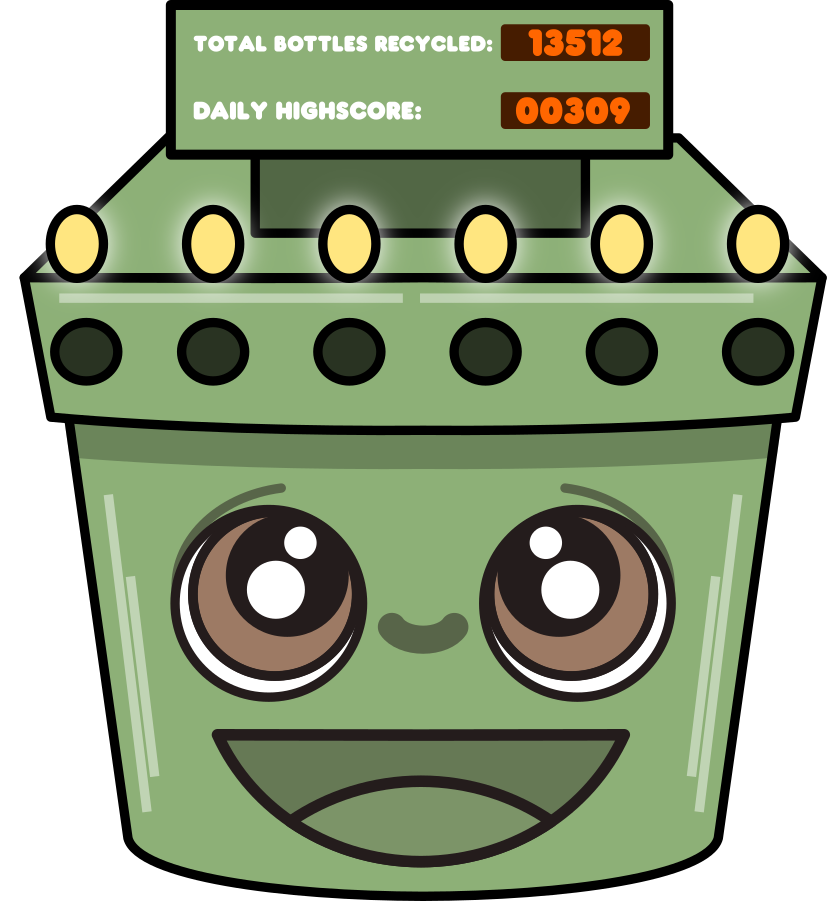
Proposed Solution
We propose the creation of a set of interactive waste and recycling bins which utilize experiential, gamified, and incentivized components. These bins would be divided into three categories. The first is a smart bin that allows the user a unique experience, such as playing music when an object is thrown out, or performing a miniature light show instead. The second is a smart bin that provides an instant incentive to use it, like a built in bus ticket dispenser upon usage. The third is a smart bin that has gamified components built into its system, like a point tracker for every object recycled.
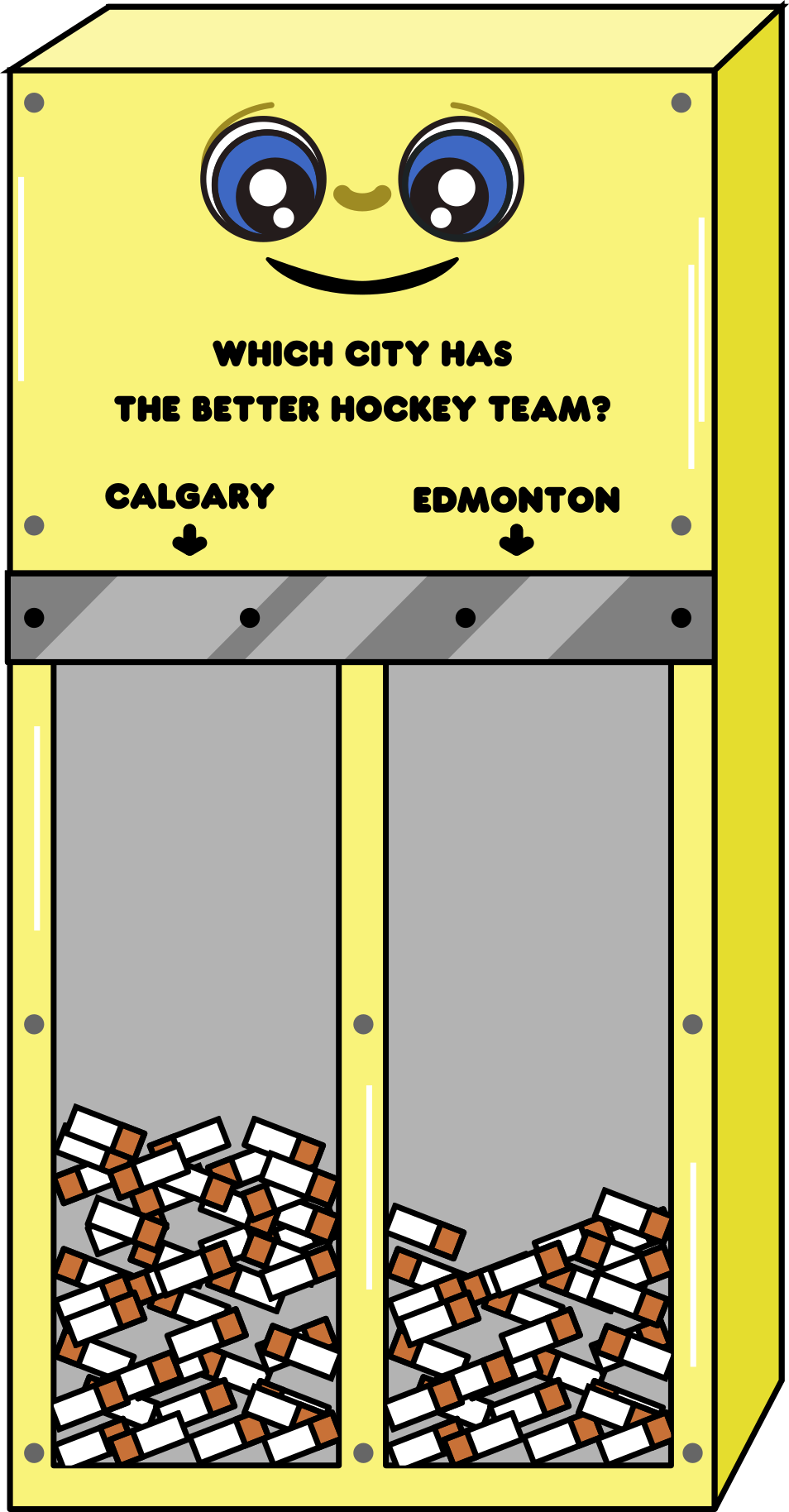
All three bin types would be highly interactive and potentially custom tailored to the environment and community they will be in. A major advantage of interactive bins is they will attract local attention and contribute to the awareness of anti-littering initiatives. We previously mentioned that laziness is the primary reason to litter, but our bins provide an incentive to wait until you find an interactive bin near you. Depending on their designs, they can also be used to create feedback and polling systems, such as by asking users to use the left disposal bin if they support X, and the right disposal bin if they support Y. The bins can introduce users to new information as part of their experiential process, such as by playing an educational voiceover when utilized. Due to the flexibility of creative uses for these bins, there are a number of other advantages that can be implemented, from promoting local culture, to encouraging physical activity, to simply acting as a means of spreading humor. The scope and use cases of this device type are nearly unlimited when you consider the range of creative modifications.
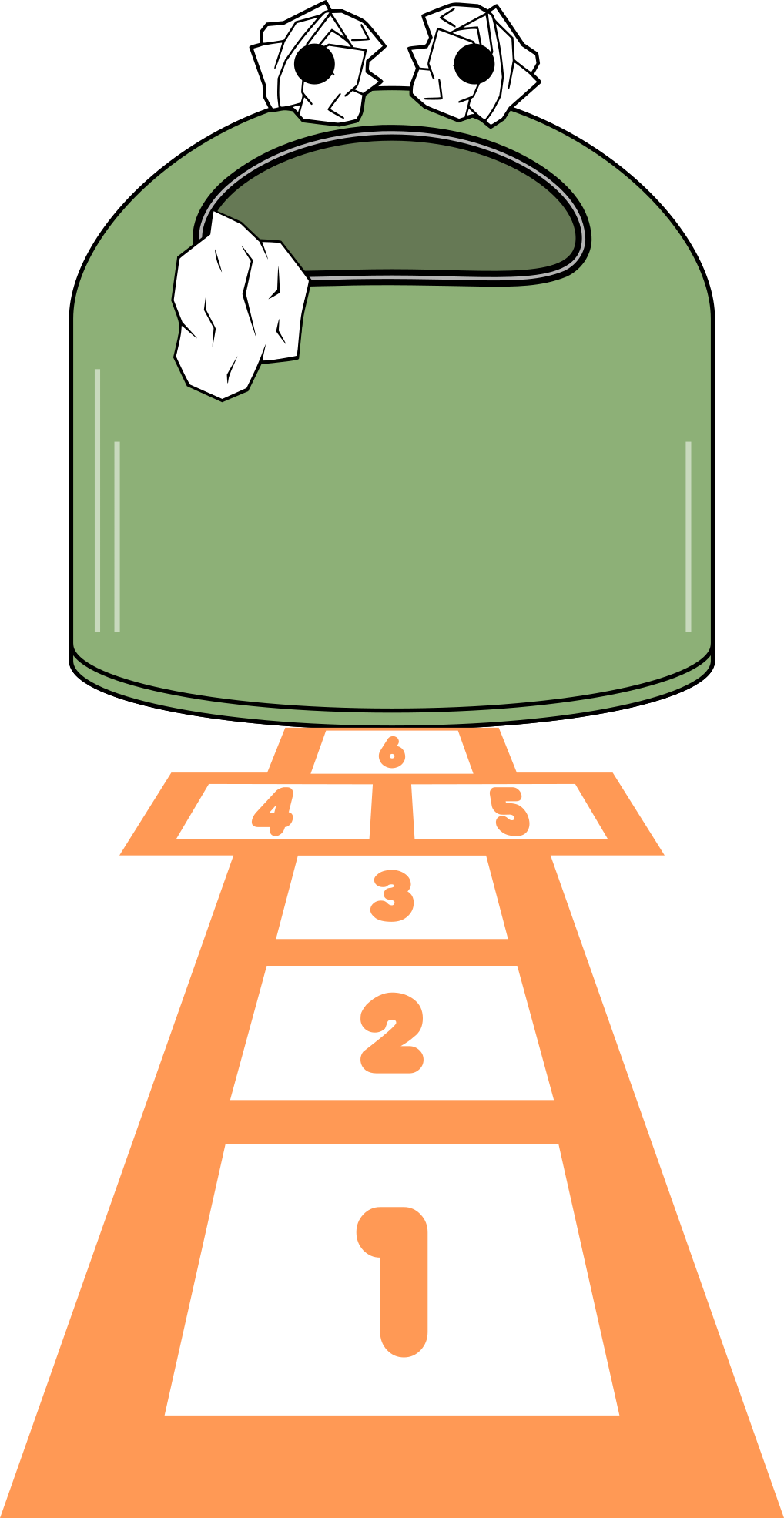
We believe that in addition to the range of technology implements above, the bins would more greatly benefit the environment if they were produced with circular design or sustainable principles in mind, and in particular, were designed using a renewable non-fossil primary material. The best option that fulfilled these parameters was polylactic plastic, a thermoplastic from renewable resources (like corn starch and sugar cane) that is recognized as a common bioplastic. This option would be cost effective, weather resistant, practical, and mobile, and ultimately serve as a satisfactory primary building material of our bins. As a secondary material we would use sustainable wood from managed forests. This wood is a sustainable and renewable material and would allow great flexibility for aesthetic modifications. However, as sustainable wood would drastically increase the cost of a bin and would be largely vulnerable to weather patterns, natural forces, and daily usage, we decided it would be best to reserve wood as a secondary production material in specialized cases.
Innovation Brief
The bins make use of an integrated sensory system. We believe that implementing an interactive feature within garbage bins will increase their interactivity and use, so our bins make use of a Raspberry Pi based system. Through the use of an IR proximity sensor, the bin will sense when someone uses it, resulting in a variety of audio, visual or other sensory cues. This is part of our interactivity and gamification strategy. Further on, we can develop this software to track metrics about each specific instance, allowing us to create an impact overview and ultimately understand the usage patterns of the bins, and further optimize them. Our speaker system would depend on the form factor of the bin, but would be a low profile yet loud speaker.
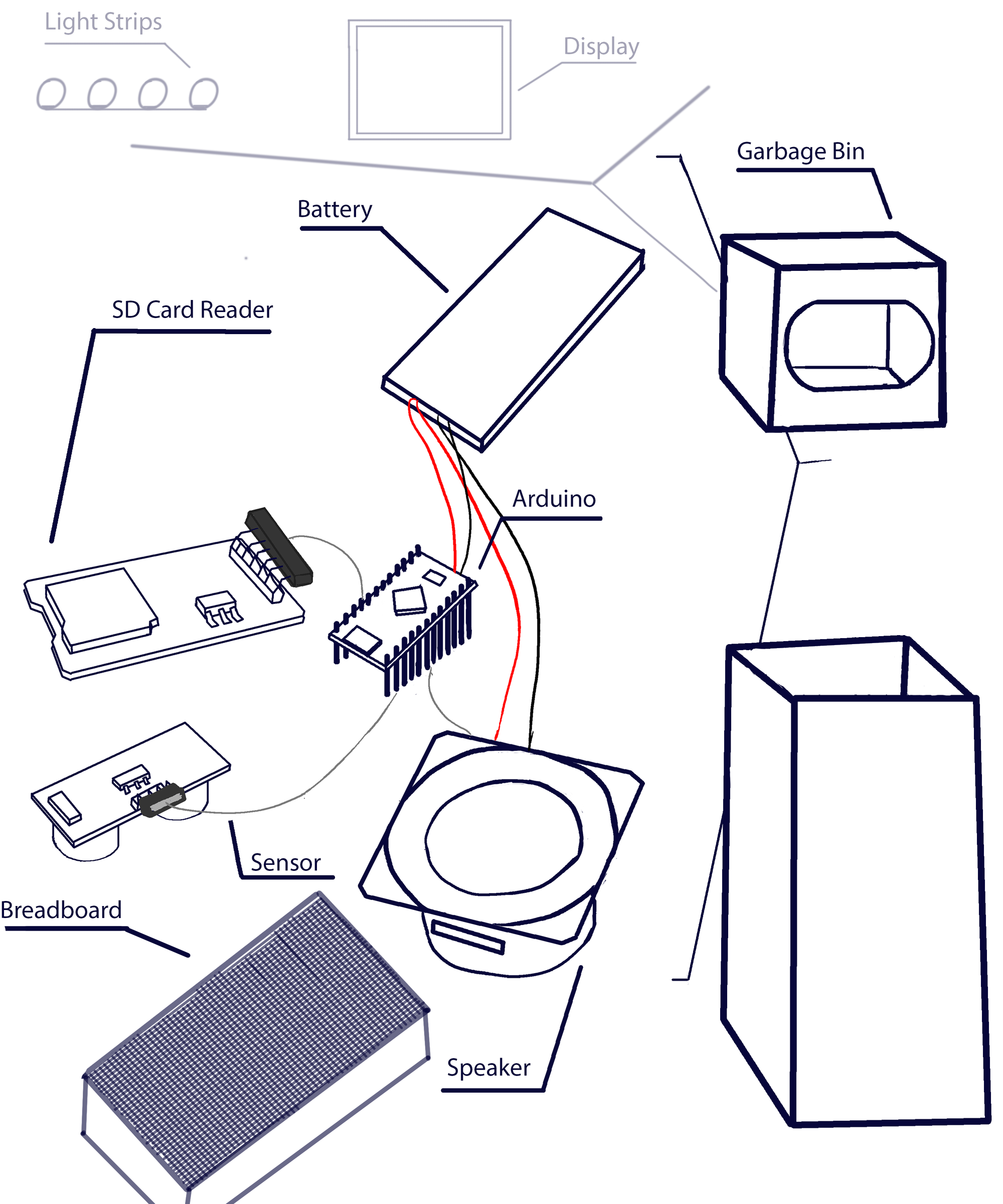
Design Objectives
Our objective is to design a series of four experiential and interactive smart bins that a) lower park and habitat pollution rates, b) lessen urban and suburban littering in areas with significant foot traffic, c) educate the public on recycling contamination issues, and d) mitigate coastal area degradation and microplastic presence in bodies of water. To accomplish this, we have designed four types of smart bins, each of which are gamified, entertaining, educational, and incentivized, respectively.
Technological Analysis
The hardware and software systems in our bins first commence when a disposable or recyclable item is placed in them. The sensor detects movement in the bin and alerts the microcontroller. The microcontroller then issues an activity depending on the social problem of the bin. In the case of the gamified, entertaining, and educational bins, the microcontroller uses the information on the SD card reader to tell the speakers and digital display what to play. The microcontroller would also control any peripherals at this time as well, notably any lights that were pre-programmed to a synced movement. For the incentivization bin, the speaker is instead replaced by a motor and token bank. When the sensor reads input, the same system occurs, however, the bin dispenses a token instead. All of these systems are powered by a LiPo battery.
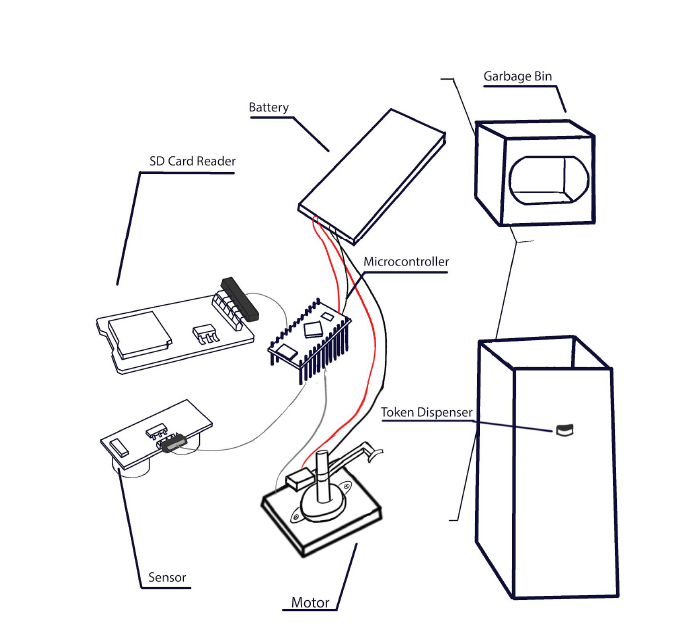
Product Lifecycle Management
Our product lifecycle management strategy is focused around cost reduction, efficiency, sustainability, and ease-of-use. In regards to part procurement, we can significantly reduce costs by purchasing parts in bulk. This is advantageous for situations of mass production, such as if a government places an order to deploy our smart bins across one of their smart cities. As our manufacturing process is straightforward and focused on the assembly of pre-existing parts, we can utilize a simplified supply chain to rapidly build custom smart bins. This requires no complex machinery and minimal labor. After using standard methods to transport our smart bins to partners and clients (via trucking and freight), they can easily deploy them to their desired location, both indoors and outdoors. The power banks for the smart bins will need to be charged every two weeks, and therefore would need to be swapped twice a month. We would utilize a magnetic quick-swap system where the power banks can easily be replaced without removing the rest of the technological system from its location in the smart bin. Beyond this, the only other required maintenance may be occasional cleaning, particularly for outdoor bins. Our bins have been designed to minimize the work of janitorial and maintenance personnel. If a part breaks, it can be locally fixed by dismounting the smart bin technology from its magnetic mount in the bin, shutting off the power, unsoldering the broken part, and soldering a replacement. We have designed a simplistic system that can easily be repaired within the business day. Depending on the specific design, we hope the technology for our smart bins have a service life between 7-10 years. At the tail end of its service life, the smart bin technology can be donated to initiatives that seek technology donations for academic uses, such as programs for children to learn STEM. The bins themselves can either be supplied with new smart bin technologies, repurposed into traditional non-smart bins, or donated to plastic recycling programs.
Commercialization
Our smart bin concepts have a high potential for commercialization through a number of varying methods. We have determined that the major revenue streams for our smart bins are to sell them to large consumer-facing corporations and venues, smart city municipalities, park and recreation organizations and government agencies, and environmental nongovernmental organizations. Smart cities, parks, and other governmental or nongovernmental organizations would purchase these to decrease littering in areas with high foot traffic or where vulnerable natural habitats are present. Other advantages would include being able to collect waste management data, have real-time information on when bins need to be replaced for efficiency purposes, and the ability to raise awareness and market themselves as a supporter of environmental efforts via smart city principles. Corporate venues and other large businesses would purchase these to better interact with their consumers and create viral marketing opportunities. An example is a potential smart bin custom ordered by a sports team that says “Go Team X” every time a fan uses the bin inside the sports venue.
Sustainable Development
We have explained how our bins can be modified and utilized to solve many secondary issues, ranging from cultural promotion, to encouraging physical activity, to distributing resources in the community. In addition to this, our bin would be made of a bioplastic that does not utilize fossil fuels as its primary construction material. However, the primary social mission of these bins is to help mitigate littering and increase citizen participation and awareness in waste management and recycling activities. With these primary and secondary purposes in mind, our smart bin would work towards eight different United Nations Sustainable Development Goals. These SDGs include decent work and economic growth; industry, innovation and infrastructure; sustainable cities and communities; responsible consumption and production; climate action; life below water; life on land; and partnerships for the goals.
References
Ahmad, Rehan. “Detrimental Effects of Littering.” Detrimental Effects of Littering, EcoMENA, 15 May 2018, https://www.ecomena.org/littering/.
Briones, Alfonso Gonzalez, et al. Use of Gamification Techniques to
Encourage Garbage Recycling.
A Smart City Approach. 2018, Use of Gamification Techniques to Encourage Garbage Recycling. A Smart City Approach.,
https://www.researchgate.net/publication/326310245_Use_of_Gamification_Te
hniques_to_Encourage_Garbage_Recycling_A_Smart_City_Approach_13th_In
ternational_Conference_KMO_2018_Zilina_Slovakia_August_6-
10_2018_Proceedings.
“Good Clean Fun: Interactive Games Tidy Urban Spaces.” Good Clean Fun: Interactive Games Tidy Urban Spaces, Web Urbanist , 23 July 2013, https://weburbanist.com/2012/02/02/good-clean-fun-interactive-games-tidy-urban-spaces/.
Schultz, P. Wesley, and Steven R. Stein. Executive Summary: Litter In America. Keep America Beautiful , p. 7, Executive Summary: Litter In America, https://kab.org/wp-content/uploads/2019/08/LitterinAmerica_ExecutiveSummary_Final_0.pdf.
“What Is Littering?” Effects of Littering on Humans, Animals and the Environment, Conserve Energy Future, 29 Dec. 2017, https://www.conserve-energy-future.com/littering-effects-humans-animals-environment.php.

